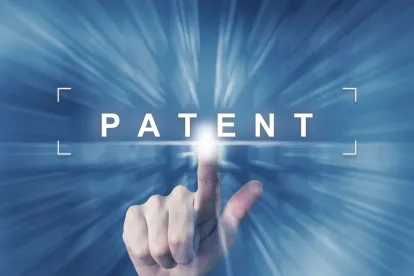Petitioners in Inter Partes Review proceedings have looked beyond typical patent and scientific literature to find a “printed publication” that might invalidate a patent. This has given the USPTO Patent Trial and Appeal Board (PTAB) and Federal Circuit an opportunity to explain and further define that category of prior art. GoPro, Inc. v. Contour IP Holding LLC is the latest Federal Circuit decision in this category. There, the court reversed the PTAB and found that a sports video camera sales catalog distributed at an action sports vehicle dealer trade show qualified as a “printed publication” under 35 USC § 102.
The Patents At Issue
GoPro petitioned for Inter Partes Review of two Contour patents (U.S. Patent Nos. 8,890,954 and 8,896,694) directed to “action sport video cameras” that are “configured for remote image acquisition control and viewing.” The PTAB’s Institution Decision found that “a person of ordinary skill in the art would have had at least a bachelor’s degree in computer science, electrical engineering, or a similar discipline, and some experience creating, programming, or working with digital video cameras, such as point of view (“POV”) action sports video cameras.”
GoPro cited one of its own sales catalogs as a primary reference. The catalog had been distributed at a dealer trade show put on by a trade organization said to be “focused on action sports vehicles as well as related apparel, parts, and accessories.” GoPro submitted a declaration providing testimony that “at the 2009 [trade] show, there were approximately 150 vendors and more than 1,000 attendees, including actual and potential dealers, retailers, and customers of portable POV video cameras.” The declaration included testimony that the GoPro Catalog was actually distributed to attendees, and also was “available to GoPro’s actual and potential customers, dealers, and retailers through its website, direct mail, and other means of distribution” after the trade show.”
The PTAB Decision
The PTAB’s Final Written Decision found that GoPro had not demonstrated that the challenged claims were unpatentable, because it had not demonstrated that the GoPro Catalog qualified as a printed publication.
Contour had challenged the qualifications of the GoPro Catalog in its Patent Owner Response, citing evidence that the trade show was not open to the general public. The PTAB was convinced by that argument.
Specifically, the PTAB found that a person of ordinary skill in the art “would not be interested in the dealer show because it was not an academic conference or camera industry conference, but rather a dealer show for action sports vehicles like motorcycles, motorbikes, ATVs, snowmobiles, and watercraft.” Thus, the PTAB determined that the catalog did not qualify as a printed publication, because “GoPro had not met its burden to show that the GoPro Catalog was disseminated or otherwise made available to the extent that persons interested and ordinarily skilled in the subject matter or art and exercising reasonable diligence could have located it.”
The Federal Circuit Decision
The Federal Circuit decision was authored by Judge Reyna and joined by Judges Wallach and Hughes.
The court determined that the PTAB had applied the “printed publication” requirement for “accessibility” too narrowly. The PTAB had focused on the expertise of the target audience of the trade show, but the court emphasized that is only one factor to be considered:
[O]ur case law directs us to also consider the nature of the conference or meeting; whether there are restrictions on public disclosure of the information; expectations of confidentiality; and expectations of sharing the information.
With regard to trade shows in particular, the court noted:
Trade shows are not unlike conferences—a trade show is directed to individuals interested in the commercial and developmental aspects of products.
Turning to the facts before it, the court found:
- The fact that the dealer trade show was focused on action sports vehicles is not determinative, especially since the patents indicate that “a primary purpose of POV cameras is for use on vehicles in extreme action environments,” such as the ones promoted at the trade show.
- Although the trade show was only open to dealers, “it is more likely than not that persons ordinarily skilled and interested in POV a cameras were in attendance or at least knew about the trade show and expected to find action sports cameras at the show.”
- “[T]he GoPro Catalog was disseminated with no restrictions and was intended to reach the general public.”
The court concluded that the relevant audience of persons ordinarily skilled and interested in POV action cameras “exercising reasonable diligence, should have been aware of the show,” such that the GoPro Catalog satisfied the legal standard for public accessibility.
The court thus found that GoPro indeed had “met its burden to show that its catalog is a printed publication under § 102(b),” and remanded to the PTAB to consider GoPro’s obviousness claims on the merits.
Questions Raised By The GoPro Decision
The GoPro decision raises at least two questions. First, do USPTO examiners conduct the type of searches that might identify sales catalogs distributed at trade shows years before an application was filed, or is this type of prior art only going to be identified by competitors? Second, did the Federal Circuit make new findings of fact as to the trade show audience in reaching its decision?




 />i
/>i
